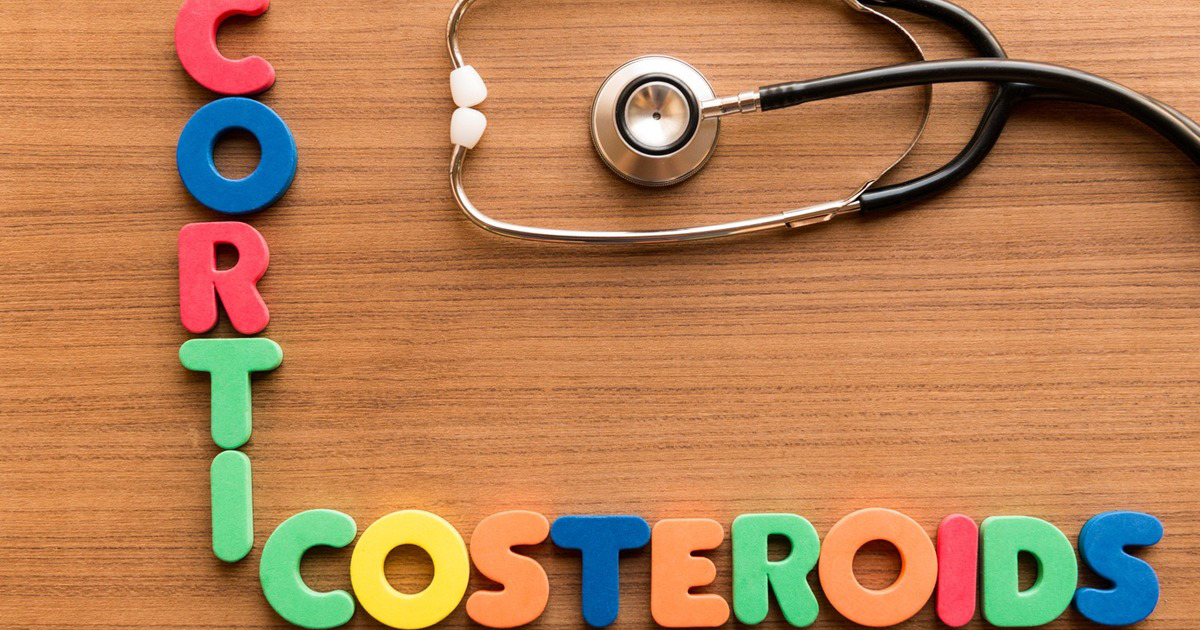How To Manage A Nickel Allergy
Unfortunately, there is no cure for a nickel allergy currently. Thus, this means treatment is simply focusing on avoiding reactions from nickel and managing them should they occur anyway. Thankfully, there are a variety of ways individuals can manage this so their nickel allergy does not have a major impact on their daily life. In this article, we look at the best treatments to help individuals cope with a nickel allergy. The good news is many of them involve home remedies too, which makes it not only incredibly easy for allergy sufferers to manage, but also natural and cost-effective as well.
Corticosteroid Creams And Pills

The chemical treatment most common for managing a nickel allergy today is the use of corticosteroid creams and pills. Such creams include the likes of clobetasol-based products or betamethasone dipropionate-based creams. The problem with utilizing them long term is it can cause the skin to break down and thin over time. There are nonsteroidal creams on the market today like tacrolimus and pimecrolimus, though they also have uncomfortable side effects involving a temporary sense of stinging where they are applied.
Corticosteroids can also be taken orally, as with prednisone. This will help especially in cases where the rash is spread over a bigger area or the reaction itself is severe. The range of unpleasant side effects includes mood swings, weight gain, and higher blood pressure. Two oral antihistamines, cetirizine and fexofenadine, can help with the itching, though they are not necessarily so effective if the skin itching is severe.
